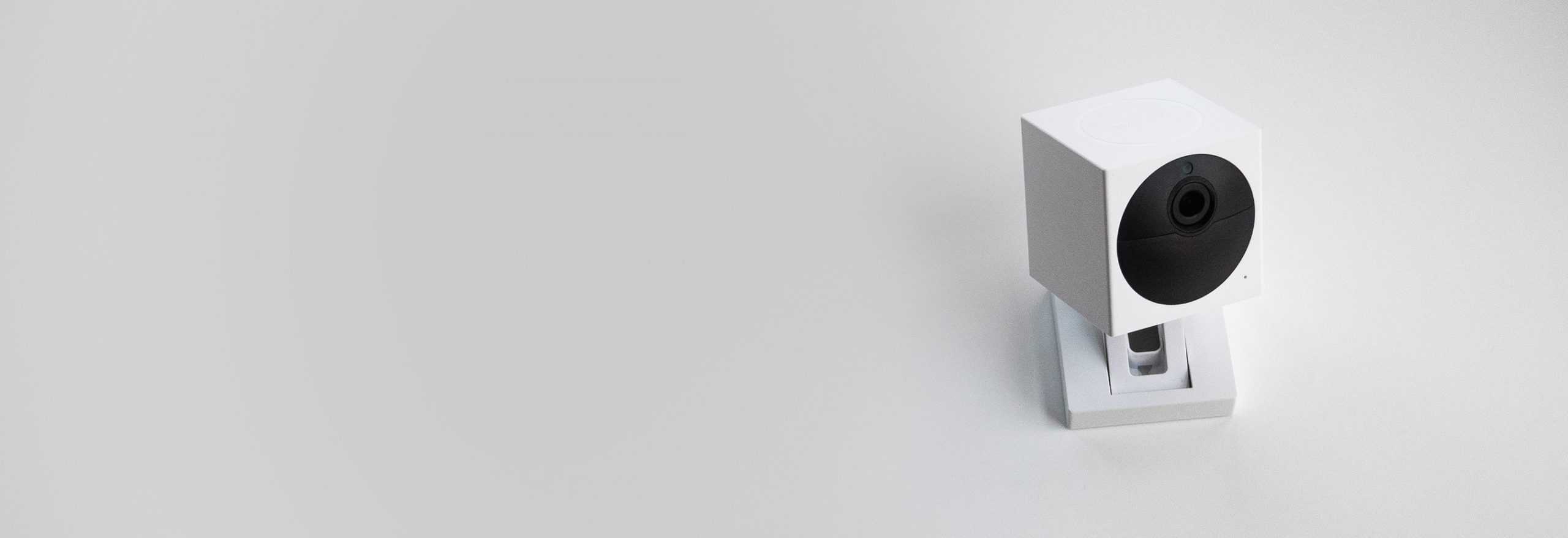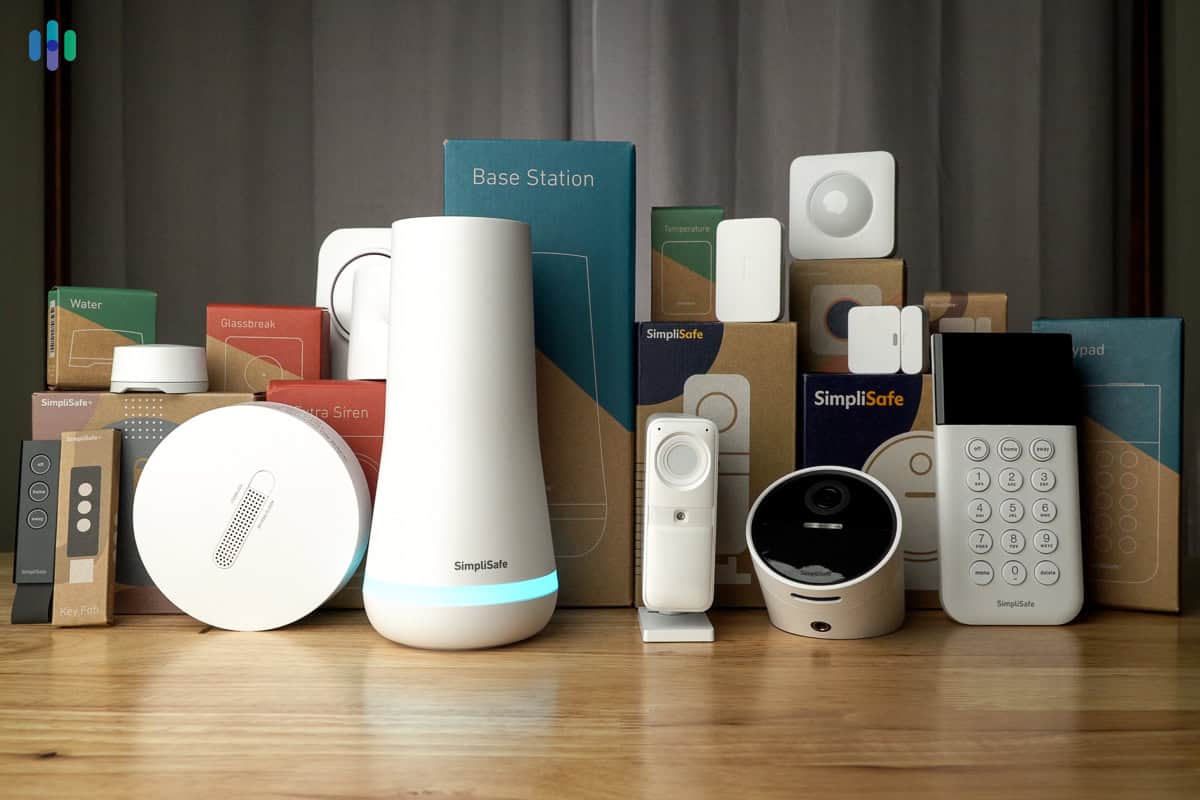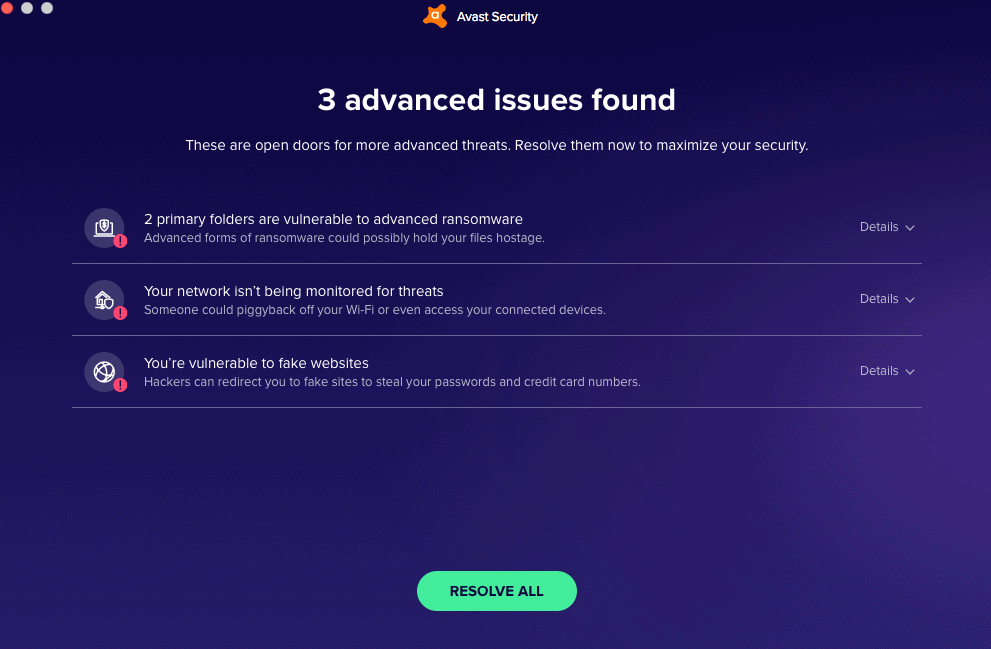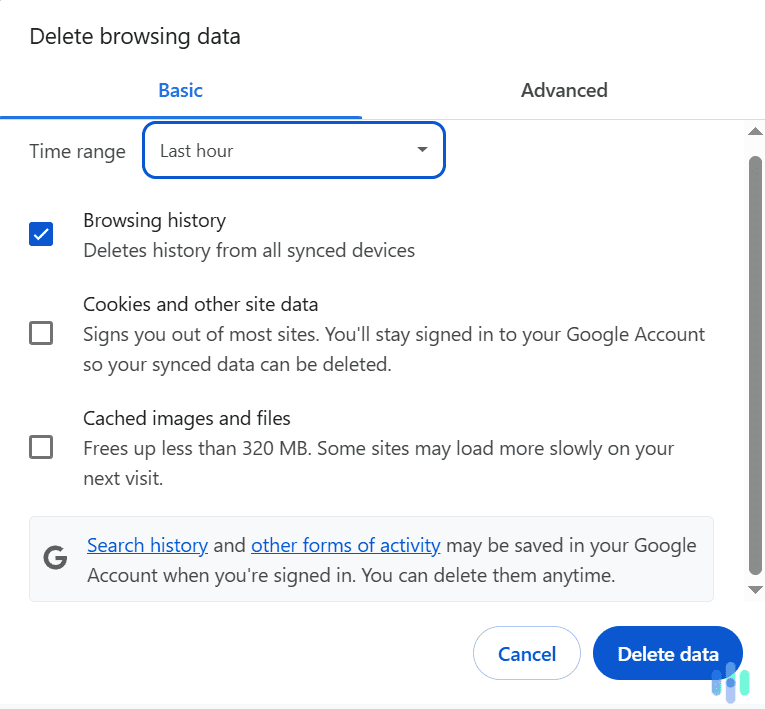Editor’s Note: Get more bang for your buck with a top-rated Home Security System. You’ll get high-quality cameras, glass break sensors, and smart devices that you can control from an app.
We never beat around the bush: Your home security system is always better if it includes a camera or two. It’s one thing to get an alert that someone’s opened a window on the side of your house. It’s another to be able to see exactly what’s happening. Not every camera is going to improve your security, though. There are plenty of products on the market that just aren’t worth the money.
We’ve got three great examples of cameras you should steer clear of. These are cameras that don’t do their job, hit you with hidden fees, or are just plain frustrating to use. As a bonus, we’ll also explain just what’s wrong with these cameras so you’ll know what to look out for when you’re out shopping, and we’ll offer some hints about how to tell good cameras from bad cameras.
So read on, because home security is no joke, and if you’re going to invest your hard-earned money in equipment, you want to know it’s actually going to make you safer.
Three Security Cameras to Steer Clear Of
We spend a lot of our time telling you about the best security products on the market, as we do in our best security systems guide and our best security cameras guide. It can be just as important, though, to know which companies to avoid. So we put together a list of some of the worst security cameras out there, cameras you should stay away from.
Netvue Belle AI Video Doorbell: Can’t See a Thing
A security camera’s purpose is to let you see what’s happening in and around your home day and night. That seems obvious. Imagine our surprise when we came across Netvue’s AI Video Doorbell, a security camera that seems designed to make it harder rather than easier to monitor our security.
Let’s start with image quality. The resolution isn’t bad: 1080p HD. That’s the industry standard. Unfortunately, the camera doesn’t work quite as well at night. Images are generally hard to make out, which, among other things, renders the AI part of the camera useless. It turns out security is kind of important at nighttime, so the fact that our camera couldn’t tell the difference between a neighbor knocking on our door and a squirrel looking around the porch for a nut was a problem.
If you’re in the market for a camera with truly stunning images, check out our Arlo review. Arlo cameras not only feature 4K resolution, but they also let you choose between infrared and full-color night vision.
Pro Tip: There are still cameras out there that offer only 720p resolution. In general, though, you don’t want a camera with anything less than 1080p HD.
Image quality doesn’t matter if you can’t pull up an image in the first place. By far, the most troubling aspect of the Netvue Belle AI is how long it takes to receive alerts and images. Sometimes it took the camera up to 30 seconds to send us the video feed. A lot of bad things can happen in 30 seconds, and you don’t want to miss them because you’re security camera was taking too long to process video.
ReoLink Argus PT: More Trouble Than It’s Worth
Sometimes it’s easy to know which security products to avoid. If, like the Netvue Belle AI Video Doorbell, they just don’t do what they’re supposed to, it’s pretty easy to pass on them. In other cases, though, a camera may seem fine. It may even feel like a good deal. Then it turns out to be annoying in so many small ways that you realize it just wasn’t worth buying, even at a good price. Enter the ReoLink Argus PT.
Sure, the ReoLink has its good points. Images were crisp, with almost no shadow or glare. It came with six IR LEDs, so night footage was crystal clear as well. We especially loved the share feature, which let us share our live feed with friends and family members so that they could keep an eye on our house while we were away on vacation. That saved us a bit of money in monitoring fees.
For every positive, though, the Argus PT has a negative that can be frustrating in the extreme. Take the battery, for instance. At best, it lasts around two months, if you use it sparingly. With normal usage, it lasts just one to four weeks. And if you’re trying to use it to record continuously, you’ll get around 18 hours out of it. As we point out in our review, Blink camera batteries last up to two years with normal usage. Then there’s the fact that Blink allows you to download video clips only in 30-second bites. It took us four downloads to get a two-minute video of the delivery man’s visit. Call us crazy, but we prefer equipment that’s a little more user-friendly.
Sonoff Slim Cam: Too Many Limitations
One of the things we hate most is when security companies try to coax us into buying extras that we really shouldn’t need in the first place. We’re looking at you, Sonoff. The Slim Cam seems like a decent camera until you realize there’s no option for motion-detect recording, at least not a free option. As the saying goes, that’s how they get you. You can set your camera to record at 10-minute intervals and hope that nothing happens in the time in between. Or you can set it to record continuously, but of course you’ll need to check these recordings once a day since the micro-SD card that comes with the camera can store only about 18 hours worth of footage.
The recording options aren’t the only problem with this camera. The streaming rate is pretty slow, which means video often comes out blurred and it’s almost impossible to isolate a good still image. In addition, the camera itself won’t zoom. If you want to look at an image more closely, you have to open it up and zoom in on it in your viewing software.
Finally, when you set it up, for instance, you’ll find that instead of QR codes, the Sonoff Slim Cam uses sound to pair with other system components. That’s annoying in itself, especially since it doesn’t always work as advertised. Wait until you hear the sound, though. It’s a bit like R2-D2 being crushed in that trash compactor from the first movie. We get it: The Sonoff is advertised as an affordable camera. With as many limitations as it has, though, even free wouldn’t be a low enough price.
What to Look for in a Home Security Camera
You now know three home security cameras to avoid. But here’s the thing: This list is only the tip of the iceberg. There are dozens of security cameras out there that just aren’t worth the price — too many to list, in fact. What you need is a guide to how to tell the good from the bad so that you can choose the right camera for your particular situation. You’re in luck: We’ve got a list of what to look for in a home security camera, and that should keep you from spending money on equipment you don’t need.
Minimum Requirements
When it comes to security cameras, some things are just non-negotiable:
- Clear images: A security camera’s job is to provide you with images of what’s happening in and around your home. If images are blurry or you can’t make out what’s happening at night, what’s the point? Look for cameras with a minimum 1080p HD resolution and infrared or color night vision. It’s also a good idea to consider your camera’s field of view since that will tell you just how much of what’s in front of it it can capture.
- Real-time alerts: Of course, even a crystal-view image isn’t much use if you never see it or you see it long after it’s relevant. So you also want to make sure that your security camera will send you real-time, motion-activated alerts. That way, you know immediately what’s happening at home.
Other Considerations
Once you’ve established your security camera can do what it needs to, there are some other elements to consider:
- Power options: There are basically three options when it comes to powering a security camera: plug-in, battery, or power over internet (PoE).
- Connectivity options: Likewise, you have a range of options when it comes to how your camera communicates with the rest of your security system and with you. Most cameras either use a direct wired connection or operate wirelessly over Wi-Fi. In addition, there are some cameras that use other wireless technologies, such as Bluetooth, ZigBee, and cellular networks.
- Recording options: You can actually purchase cameras that provide live video but don’t record. Assuming you want a record of what happens around your home, though, you can utilize cloud storage, select a DVR or NVR, or choose a camera with an SD card slot.
- Extras: As technology improves, cameras are starting to come with more and more bonus features. Some of the best include person detection, facial recognition, detection zones, and privacy zones. In addition, you’ll want to consider the app a camera employs and what sort of smart home integration it offers.
FYI: A camera sends raw data to a DVR (digital video recorder), which then processes it into a viewable image. An NVR (network video recorder) requires a camera that processes the video before sending it.
The bottom line when it comes to choosing a camera is that you have to know what you want. It’s always a good idea to sit down and make a list of what your particular security situation calls for. With all the cameras on the market, you’re bound to find one that satisfies most, if not all, of your needs.
Want to know even more about how to pick the right security camera? Check out our ultimate guide to security cameras for tips and tricks that can help you make the right decisions.
Recap
So what’s the lesson of the day? Sure, you’ve learned about three cameras to avoid. If you’ve been paying close attention, though, you’ll find that you’ve also learned there are lots more substandard security cameras out there. But you’ve also learned what to look for to make sure you don’t wind up with one of them. No one said building the perfect security system was easy, but with a little time and effort, you can put one together that not only protects your family, but also makes your life easier.





